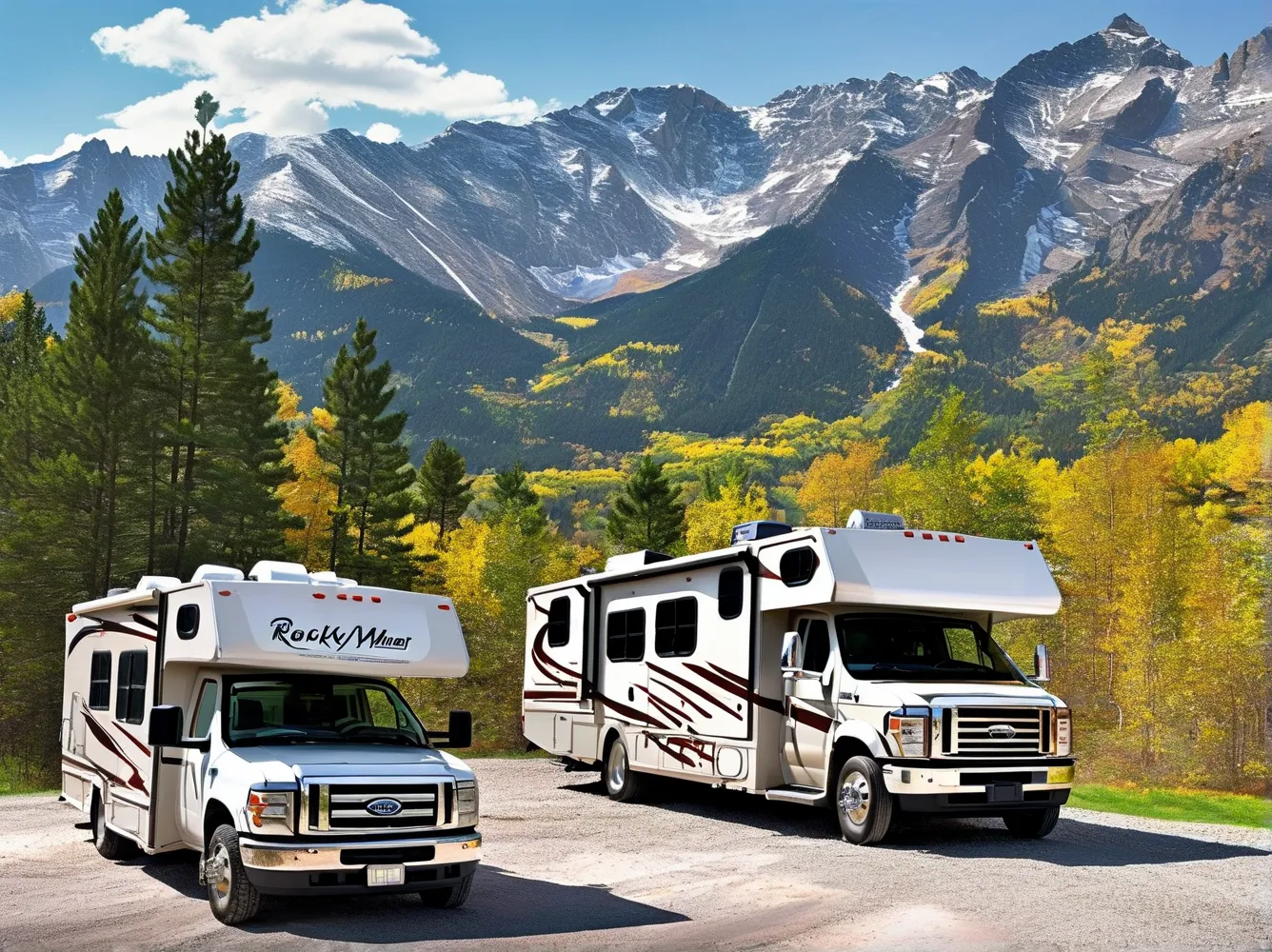Rocky Mountain RVs are built to handle rugged adventures, but even the toughest rigs benefit from smart upgrades and reliable replacements. Whether you’re tackling high-altitude trails or navigating unpredictable weather, choosing the right components can extend your RV’s lifespan and enhance performance. Here’s a breakdown of the most impactful upgrades and replacements for Rocky Mountain RV owners, backed by industry insights and real-world testing.
1. Heavy-Duty Suspension Systems for Rough Terrain
Rocky Mountain terrain demands more than factory-standard suspensions. Upgrading to progressive-rate leaf springs or air ride systems improves load distribution and reduces wear on axles. Brands like Lippert Components and Dexter Axle offer kits specifically designed for off-road RVs, with reinforced shackles and greaseable bushings. According to a 2023 RVIA (Recreational Vehicle Industry Association) report, RVs with upgraded suspensions experience 40% fewer suspension-related breakdowns on mountainous routes.
2. Lithium-Ion Batteries for Cold-Weather Reliability
Standard lead-acid batteries struggle in the Rockies’ freezing temperatures. Switching to Battle Born LiFePO4 batteries or Renogy Deep Cycle Lithium Batteries ensures consistent power output even at -20°F. These batteries weigh 60% less, provide 3x more cycles, and charge faster—critical for boondocking in remote areas. Pair them with a solar-ready charge controller to maximize energy independence.
3. All-Terrain Tires with Reinforced Sidewalls
Tire blowouts are a top cause of RV roadside emergencies in mountainous regions. Replace stock tires with Michelin XPS Rib or Goodyear Endurance models featuring 14-ply ratings and heat-resistant compounds. For extreme off-grid travel, consider BFGoodrich All-Terrain T/A KO2 tires, which dominate in traction tests on loose gravel and steep inclines. Always match load range (e.g., Load Range E) to your RV’s GVWR (Gross Vehicle Weight Rating).
4. Aluminum-Framed RV Awnings for Wind Resistance
High winds in mountain passes can shred traditional vinyl awnings. Carefree of Colorado’s Tough Top Awnings use aircraft-grade aluminum frames and ripstop fabric, rated for 70+ mph winds. For added durability, install awning tension adjusters to prevent flapping—a common failure point noted in RV Consumer Group’s 2024 durability survey.
5. Upgraded Braking Systems for Steep Descents
Extended downhill drives strain brake systems. A disc brake conversion kit from Kodiak Brakes reduces brake fade by 50% compared to drum brakes, per third-party testing by RV Travel. Combine this with a transmission temperature gauge and engine brake module (for diesel pushers) to avoid overheating on long descents.
6. Mold-Resistant Roofing Membranes
The Rockies’ heavy snowfall and UV exposure degrade standard EPDM rubber roofs. TPO (Thermoplastic Olefin) roofing membranes, like those from Dicor, reflect UV rays and resist punctures from hail or falling branches. For older RVs, reinforce seams with EternaBond Tape, which outperforms liquid sealants in freeze-thaw cycles.
7. High-Efficiency Furnaces for Sub-Zero Nights
Standard RV furnaces guzzle propane in cold climates. The Suburban NT-16SE Low-Profile Furnace boasts 92% efficiency and operates quietly—key for winter camping. Pair it with a vented skirting system to reduce heat loss, a strategy proven to cut heating costs by 30% in RV Lifestyle Magazine’s 2023 field tests.
8. Modular Interior Cabinetry with Aluminum Joinery
Wooden cabinets warp in the Rockies’ humidity swings. Opt for Azdel Composite-backed cabinets or custom builds using 80/20 T-Slotted Aluminum Framing. These materials resist moisture and flex less on bumpy roads, according to a 2024 study by the National RV Training Academy.
Maintenance Tips to Extend Upgrade Lifespans
- Lubricate suspension components every 3,000 miles with marine-grade grease.
- Inspect roof seals bi-annually using a moisture meter to catch leaks early.
- Rotate tires every 5,000 miles to prevent uneven wear from mountain switchbacks.
By focusing on these battle-tested upgrades, Rocky Mountain RV owners gain reliability without sacrificing comfort. Prioritize components with verifiable stress-test data and warranties covering alpine conditions—your rig (and peace of mind) will thank you.




Leave a Reply